
Introduction
In 2024, B2C e-commerce is evolving to meet increasing demands for personalized and immersive experiences. Shoppers now expect advanced features like augmented reality (AR) and artificial intelligence (AI) to enhance their online journey. A website designing company in India that integrates these features can provide a competitive edge.
India’s e-commerce sector is expected to reach INR 4,416.68 billion in 2024, with an annual growth rate of 11.45% to reach INR 7,591.94 billion by 2029. The UPI transactions touched INR 125.94 trillion in 2022, with a user base exceeding 800 million. By 2029, e-commerce users are expected to reach 501.6 million (Source: Forbes Advisor). These figures highlight the increasingly competitive market and the growing user engagement in digital transactions. To stay competitive, e-commerce websites must prioritize seamless navigation, responsive design, and rapid loading times to attract a huge chunk of buyers. A responsive website designing company in India plays a crucial role in ensuring mobile-first strategies are well-executed, meeting the demands of on-the-go shoppers.
Embracing mobile-first strategies and effective product presentation will drive customer satisfaction and conversions. This guide covers the essential elements needed for a successful B2C e-commerce site.
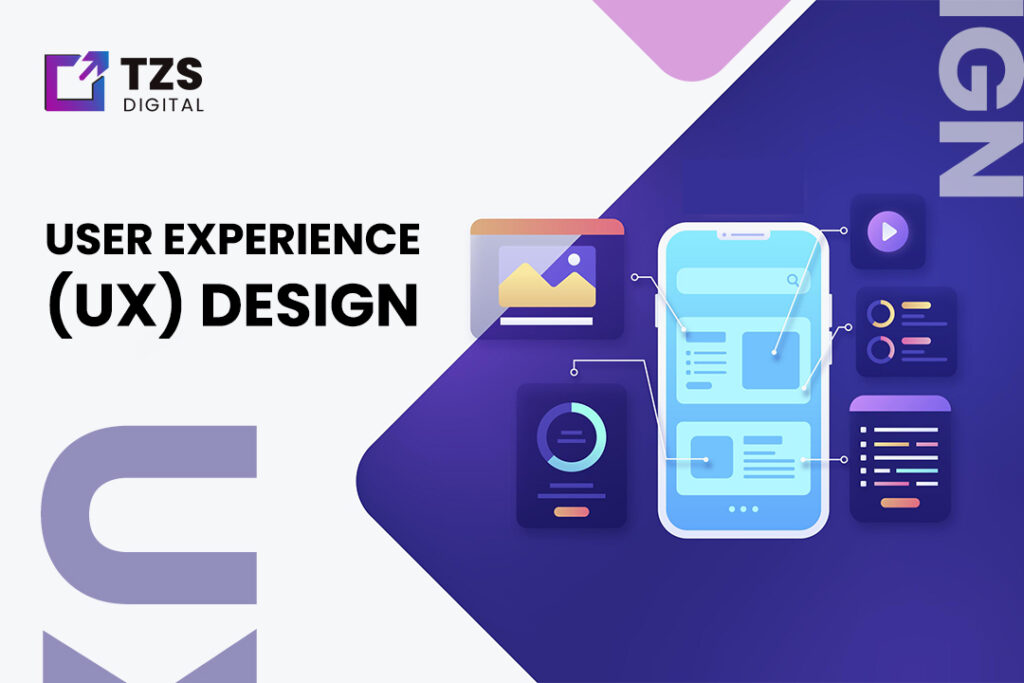
User Experience (UX) Design
Navigation
A user-friendly navigation system is crucial for any e-commerce website, ensuring customers can find what they’re looking for without frustration.
- Simple & Intuitive Navigation: Your navigation menu should be clear and organized. Avoid overwhelming users with too many choices. Stick to key categories and subcategories so they’re easy to spot.
- Breadcrumbs & Menus: Breadcrumbs help users understand their current location within your site. Mega menus or dropdowns can simplify navigation for larger sites by showing an overview of all options.
- User Experience (UX) Design: Focus on intuitive navigation, responsive design, and fast loading speeds. Collaborating with a website designing company can enhance these aspects
Responsiveness
In an era dominated by mobile devices, having a responsive design is a must. As of 2023, over 70% of e-commerce traffic comes from mobile devices. Mobile-optimized websites can increase conversion rates by up to 160% compared to non-optimized sites. Partnering with the best web development company ensures that your website is fully optimized for all devices.
Loading Speed
A fast-loading website enhances user experience and can lead to higher conversion rates. Studies show that a delay of just a few seconds can lead to increased bounce rates.
- Optimizing for Fast Load Times: Use image optimization, reduce CSS and JavaScript size, and enable browser caching. Implementing a Content Delivery Network (CDN) can further enhance speed.
- Tools & Techniques to Improve Speed: Utilize tools like Google PageSpeed Insights or Lighthouse to analyze performance. Implement recommendations such as code optimization and lazy loading.

User Interface (UI) Design
An engaging and visually appealing user interface can significantly impact the first impression of your e-commerce site.
- Visual Hierarchy: Organize content so that important elements like product images and calls-to-action stand out. Effective use of typography, colors, and white space can guide the user’s attention and enhance readability.
- Color Schemes & Fonts: Choose colors that reflect your brand’s personality and evoke the right emotions. Use contrasting colors for calls-to-action and ensure fonts are easy to read.
- White Space: Use white space strategically to keep the design clean and make it easier for users to navigate and engage with the content.
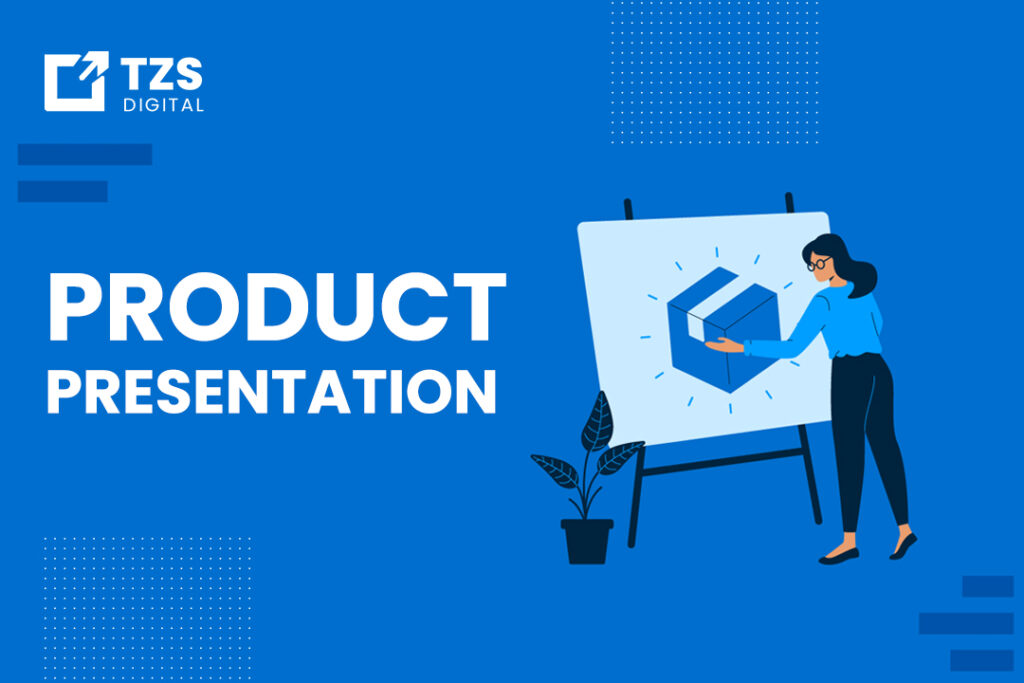
Product Presentation
High-quality product presentation is crucial. Detailed product descriptions and high-resolution images can boost conversion rates by 30%. Invest in professional photography and offer 360-degree views to enhance customer confidence. Display customer reviews prominently to build trust among users.
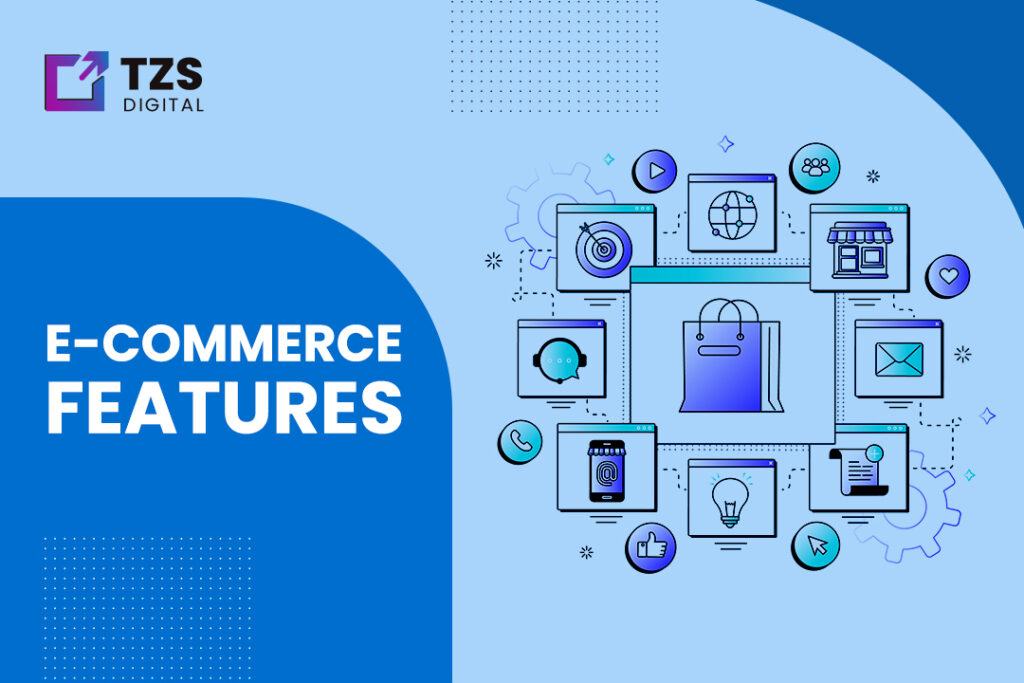
E-commerce Features
Shopping Cart
A well-functioning shopping cart is essential for a smooth purchasing experience, ensuring that items remain in the cart even if the user leaves the site. This feature minimizes disruptions and helps reduce cart abandonment.
Wishlist Functionality
Wishlists enhance the shopping experience by allowing users to save products for future purchases, notifying them when items on their list go on sale or become available to drive future purchases.
Product Recommendations
Personalized product recommendations can increase sales by 10-30%. Using AI-driven recommendation engines, suggest relevant products based on browsing and purchase history. Cross-selling and upselling related items can also raise the average order value.
Payment & Checkout
A seamless payment and checkout process is crucial for conversion.
- Multiple Payment Options: Offer a variety of payment methods, including credit/debit cards, PayPal, and digital wallets. This flexibility caters to different customer preferences.
- Secure Checkout: Implement SSL certificates and data encryption to protect customer information. Display trust badges to reassure users about payment security.
- Streamlined Checkout: Simplify the checkout process by minimizing form fields and offering guest checkout options. This reduces friction and cart abandonment.

Security & Trust
Building trust with customers involves robust security measures.
- Data Protection: Adhere to data protection regulations like GDPR. Securely store customer data, use encryption, and maintain transparent privacy policies.
- Trust Badges: Display security seals from reputable organizations to instill confidence. Partner with trusted payment gateways to reinforce security perceptions.
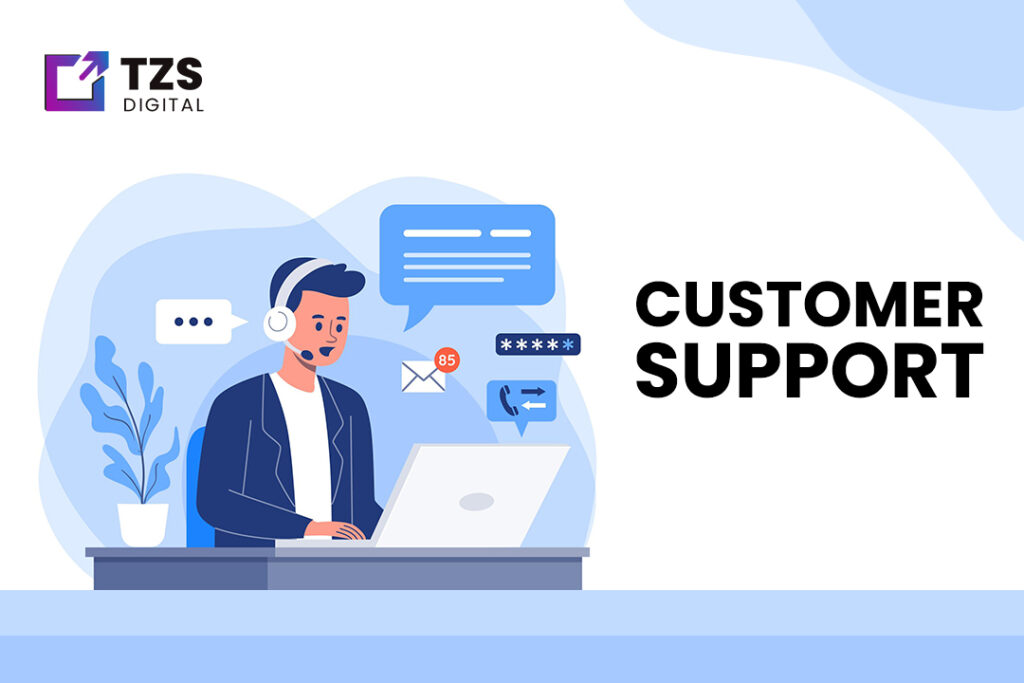
Customer Support
Excellent customer support can enhance loyalty and satisfaction.
- Live Chat & Chatbots: Offer live chat for real-time assistance and AI-driven chatbots for 24/7 support. These tools help resolve issues quickly and efficiently.
- FAQ Section: Create a comprehensive FAQ section to address common queries. Ensure it’s well-organized and easy to navigate.
- Return & Refund Policies: Clearly outline your return and refund processes. Offer a hassle-free experience with easy instructions and prepaid return labels if possible.

Marketing & SEO
Effective marketing and SEO strategies are key to driving traffic and conversions. Optimize your site with on-page SEO techniques and quality backlinks for better visibility. Engage audiences through valuable content, social media, and personalized email campaigns.
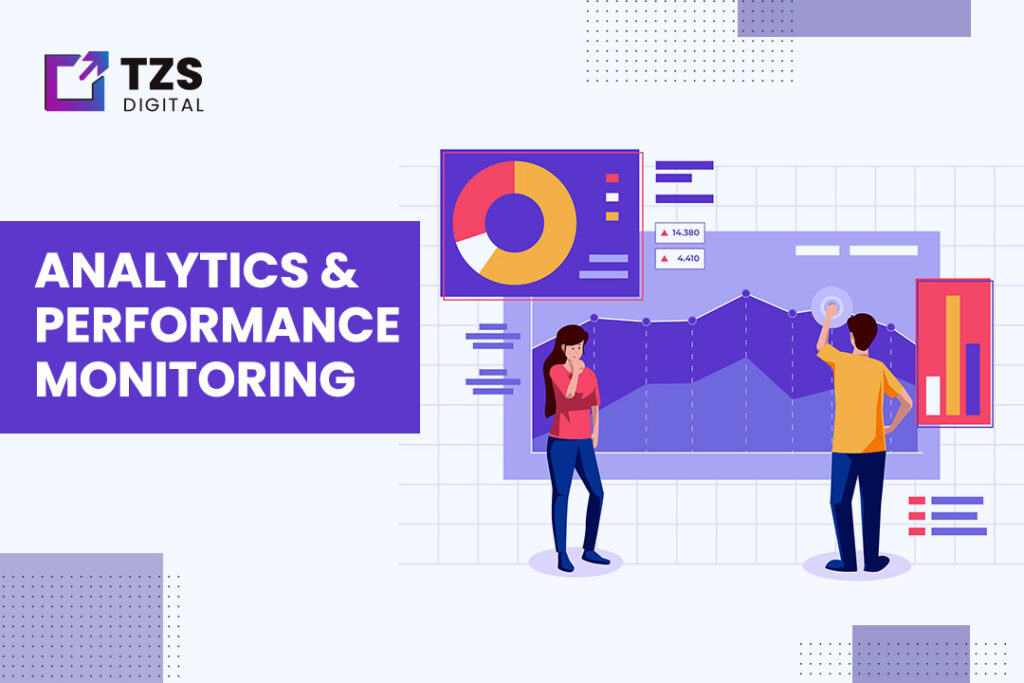
Analytics & Performance Monitoring
Tracking performance is vital for ongoing optimization. Utilize tools like Google Analytics to monitor user behavior and conduct A/B tests to determine effective strategies. Track key metrics to make data-driven decisions and enhance site performance.

Successful B2C E-commerce Websites
Top players in the e-commerce sector exemplify the essentials of successful B2C websites. Amazon integrates seamless features like one-click shopping and personalized recommendations, with plans to invest $15 billion in India by 2030.
A well-built platform developed by the responsive web design company in India can help businesses achieve similar growth.
Flipkart’s $90 million boost from its parent company emphasizes intuitive navigation and mobile optimization to enhance user experience and streamline checkout.
Nykaa’s revenue growth to INR 51 billion showcases the importance of detailed product descriptions and high-quality visuals, while leveraging effective SEO and personalized marketing to engage customers.
Summary
Creating a thriving B2C e-commerce website means ensuring seamless navigation, responsive design, and fast loading speeds for an optimal user experience. TZS Digital excels in crafting these essentials, offering high-quality visuals, detailed descriptions, and personalized recommendations to enhance engagement.
Read this case study on how we optimized a home decor client’s D2C sales channel, leading to a significant increase in sales and customer satisfaction. This highlights our success in enhancing user experience and driving conversions for e-commerce websites.
FAQs
What is the most crucial element of a B2C e-commerce website?
The most crucial element is providing an exceptional user experience (UX). A smooth and intuitive UX is vital for customer satisfaction, conversion rates, and overall success. Every aspect of the website, from navigation to checkout, should be designed to create a seamless and enjoyable journey for users.
How can I improve my website’s loading speed?
To enhance your website’s loading speed, optimize images and media files, minimize HTTP requests, leverage browser caching, and use a content delivery network (CDN). Regularly monitor performance with tools like Google PageSpeed Insights and implement techniques such as code minification and lazy loading to maintain fast load times.
What are the best practices for mobile-first design?
For a mobile-first design, prioritize responsive and adaptive layouts, focus on essential content and functionality, and optimize for touch interactions. Minimize data usage and ensure your site works well across different devices and screen sizes. Regular testing on various mobile devices helps identify and fix any issues.
How do I encourage customers to leave reviews?
Encourage reviews by sending automated follow-up emails after purchases, offering incentives for feedback, and making the review process easy. Display reviews prominently on product pages and responds to both positive and negative feedback to show engagement and commitment to customer satisfaction.
What payment options should my e-commerce website offer?
Your e-commerce site should support various secure payment methods, including major credit and debit cards, digital wallets like PayPal and Apple Pay, and buy now, pay later services. Ensure the checkout process is secure with SSL encryption and consider offering guest checkout or express checkout options for convenience.


